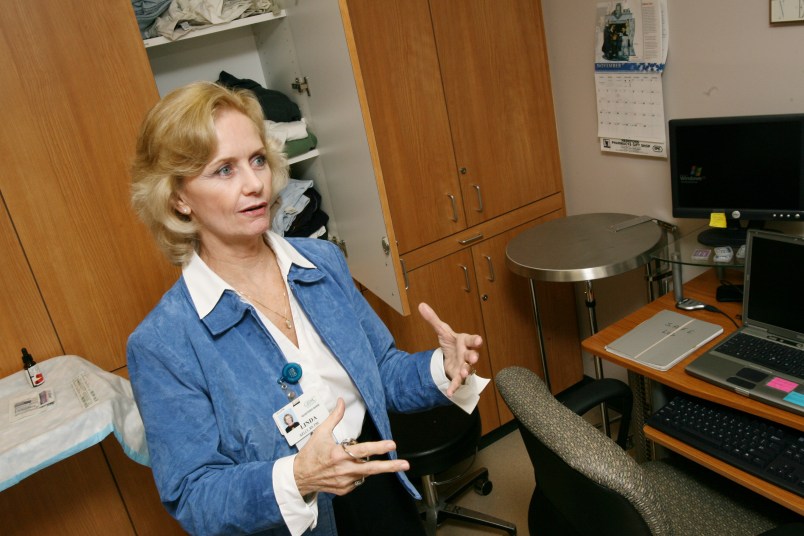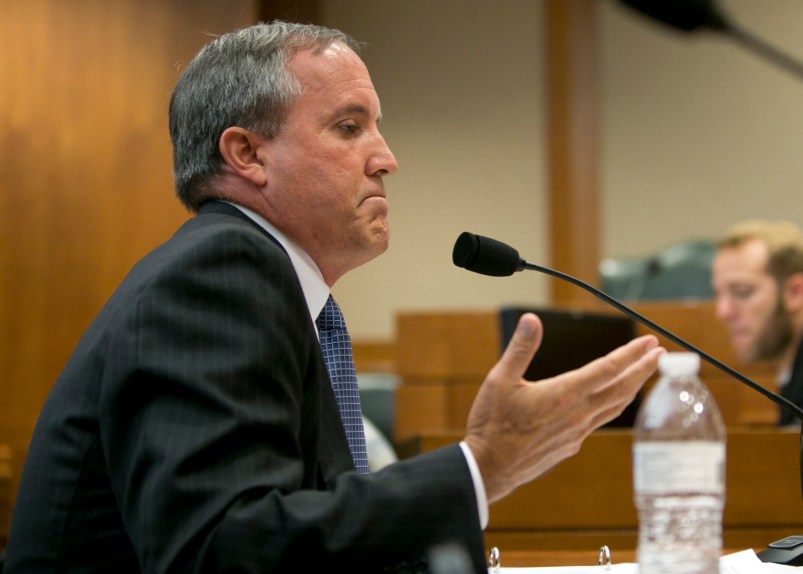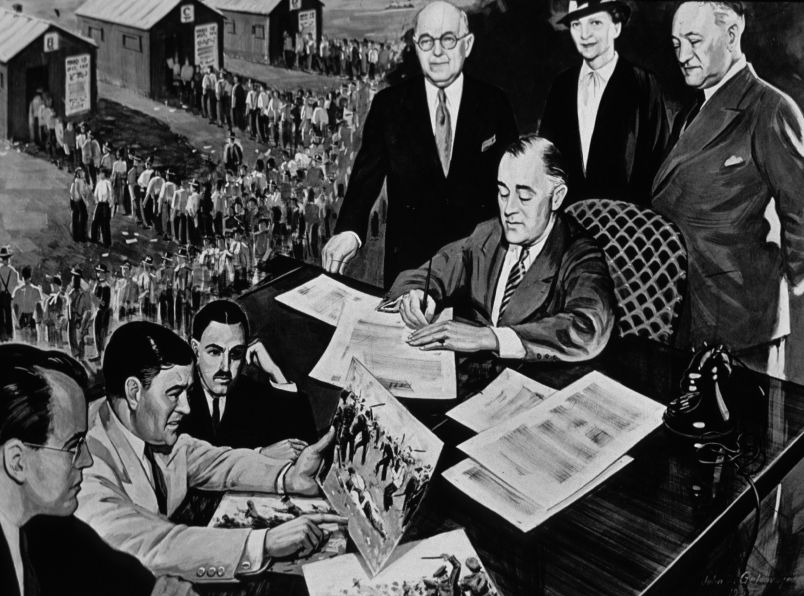In late April, the White House Task Force to Protect Students from Sexual Assault released its long awaited report, “Not Alone.” The Task Force is to be commended for doing an excellent job in highlighting this pervasive problem on college campuses, and for providing recommendations for identifying the problem, preventing sexual assault, and increasing transparency and improving enforcement. The task force should also be commended for taking steps to ensure that survivors receive confidential care from advocates and counselors.
However, while advocates and counselors are necessary, they’re not sufficient: an effective response to campus sexual assault must also include providing survivors with medical care, which is often provided by Sexual Assault Nurse Examiners (SANEs). SANEs are specially educated and trained registered nurses who attend to the medical and emotional needs of survivors, while also collecting forensic evidence for use in criminal proceedings – often known as “rape kits.”
In other institutions with high rates of sexual violence, like the military, the necessity of SANEs is already recognized. The 2014 National Defense Authorization Act aims to ensure that survivors of military sexual trauma will get the necessary services to manage the aftermath of sexual assault. The Act specifies that military medical facility that has a 24-hour emergency department must include at least one SANE so that survivors are treated for physical trauma, and that forensic evidence is properly collected.
There is no question that the military needs to do more about sexual assault. The military, like college campuses, is full of young adults who are at great risk of sexual assault. But in the inclusion of SANEs, the military is leading on this issue. The rest of the United States, where civilians live, work, and are raped at an alarming rate (one in five women and one in 71 males), needs to do more about sexual assault. Sexual assault, though it is a huge problem in the military, is not a military problem, but an American problem – indeed, a human problem. According to one recent Centers For Disease Control study, over 1.3 million American women are raped every year, and over 6 million men and women experience other forms of sexual violence. It is difficult to compare statistics across studies, due to different measurements and definitions, but suffice it to say that, for all the media attention directed at the military in recent years, sexual assault is as great a problem for civilians as it is for service people. If policymakers want to solve this problem in the civilian world, they should include SANEs in their strategies to do it.
Studies funded by the National Institutes of Justice found that SANE programs and Sexual Assault Response Teams (SART) “enhance the quality of health care for women who have been sexually assaulted, improve the quality of forensic evidence, increase law enforcement’s ability to collect information, file charges, refer to prosecution, and increased prosecution rates over time.” These services are beneficial to survivors and should be available to all. Having access to a SANE can help to mitigate the health consequences of sexual assault, which include PTSD, depression, exposure to sexually transmitted infections, injury, pain, and stress related symptoms.
Kim Day, an RN and SANE of the International Association of Forensic Nurses (IAFN), estimates that “only 1 in 10 of hospitals in the US has a SANE/SART program, meaning that the overwhelmingly majority of hospitals do not have appropriate services for sexual assault survivors.” In urban areas where there are often multiple hospitals, it may not be difficult for a victim of sexual violence to find the specialized services of a SANE program. However, in rural areas, even finding a SANE program may not be an option.
In 2011 and 2012, IAFN participated in a research project using Geographic Information System (GIS) technology to map known SANE programs in proximity to census designated American Indian/Alaska Native lands (AI/AN), a population with a high risk and rate of sexual assault. According the Centers for Disease Control, 26.9 percent of American Indian/Alaska Native women experience sexual assault as compared to 18.8 percent non-Hispanic white women. For Alaska Native women, geographic isolation compounds the issue. This is the only mapping project of SANE program access ever completed, and the findings showed significant gaps in services with only a little over 30 percent of AI/AN lands being within a 60-mile driving distance of programs were services were offered. There were 381 lands that have no coverage at all for SANE services.
This means that if a AI/AN woman is raped she needs to get transportation several hours away to get medical treatment and a forensic exam to collect evidence. Some of the largest uncovered areas were in rural Utah, Colorado, and North and South Dakotas, and the northwestern area of Washington State. When comparing these areas to the locations of hospitals in the U.S., a similar pattern arises. There are large gaps in service for sexual assault survivors across the United States. These gaps affect not only native lands but also affect areas where college campuses are located.
Ensuring that SANES are available to collect evidence will not make a difference as long as there are huge back logs in processing rape evidence collection kits. We are negligent if we collect evidence, but then fail to process and analyze the evidence. Those who worry that it costs too much to process evidence kits and to mandate SANEs in each emergency department should consider the financial benefit of the Violence Against Women Act (VAWA), which costs $1.6 billion to implement but decreases about $14.8 billion in victimization costs.
While the VAWA has provided important help and resources for gender-based violence, no broad sweeping provision exists for civilians related to sexual assault. The move to have SANEs in every emergency department of military hospitals is a fantastic move. Survivors get medical care after an assault and forensic evidence is collected that aids in a criminal case. But the full range of survivors are not helped. The next step is legislation to put the same provisions in place for civilians. Every hospital in the United States with an emergency department should have a Sexual Assault Nurse Examiner on duty. “Not Alone” holds great promise for sexual assault. Until we can prevent sexual assault from happening, we must go one step further and protect survivors – not just those in the military, but survivors on our college campuses and other aspects of civilian life. The health and wellbeing of the 6 million Americans who experience sexual violence depends on it.
Angela Amar, PhD, RN, FAAN is an Associate Professor and Assistant Dean for BSN Education in the Nell Hodgson Woodruff School of Nursing at Emory University She has conducted funded research, published data-based papers on dating violence and sexual assault. Dr. Amar is a fellow in the American Academy of Nursing, a Distinguished Fellow with the International Association of Forensic Nurses, on the National Advisory Committee for the Robert Wood Johnson Future of Nursing Scholars program, a Public Voices Fellow with the Op-Ed project, and an Associate Editor for the Journal of Forensic Nursing.









